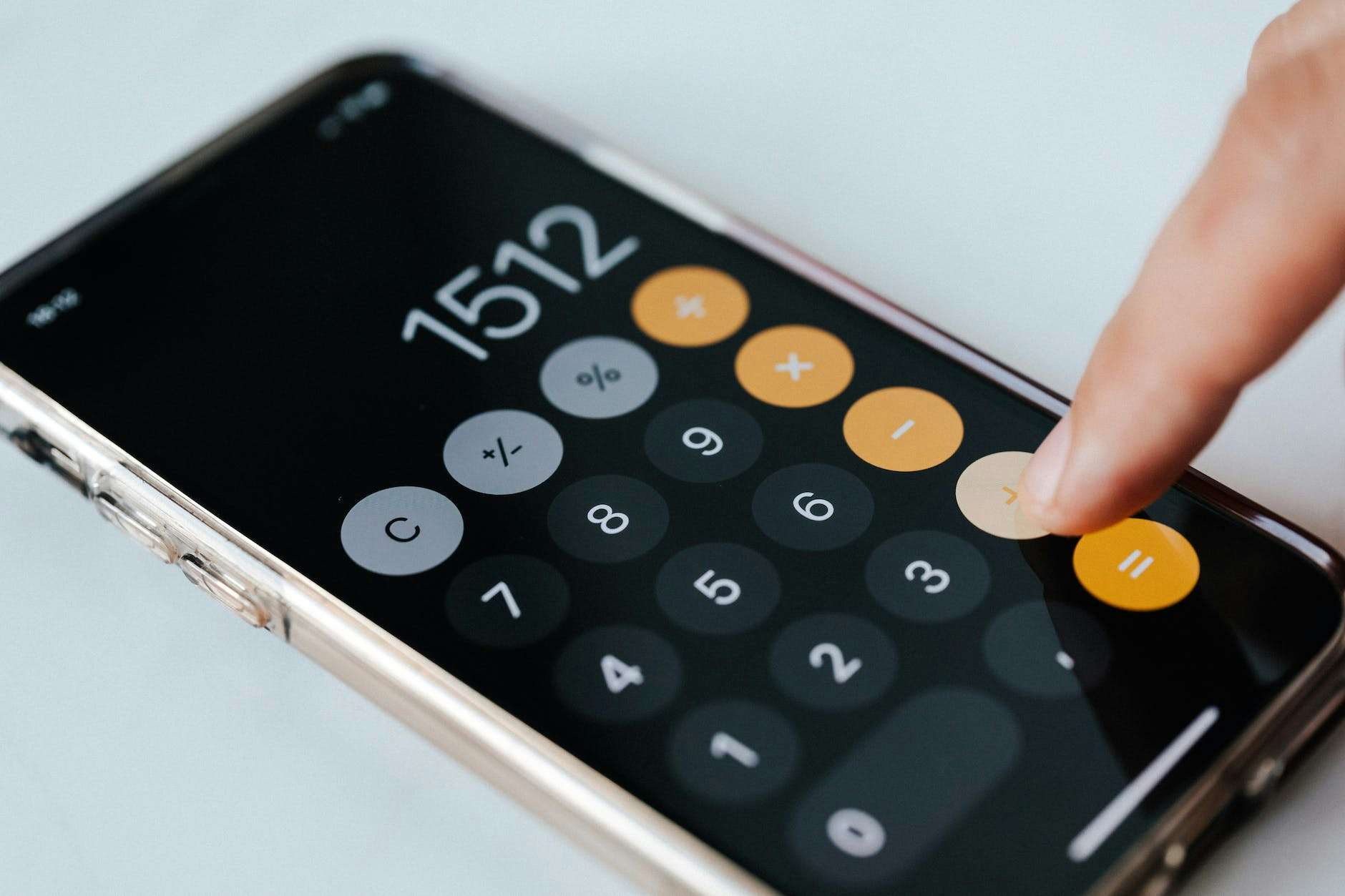In this article we talk about one of the key components of a jet card that not all programs offer
You might ask, “How can you say guaranteed availability is a key component of a jet card, yet not all programs offer it.” OK, call it a flourless cake. Unlike products such as the sparkling wine that comes from Champagne, France, there are no laws that regulate what’s in your jet card. As the number of providers and programs has exploded in the past decade, it has meant that new twists on cards that omit features traditionalists believe are mandatory.
What is guaranteed availability?
Guaranteed availability refers to language in your contract that assures you will get an aircraft of the type you requested or better. You will three common scenarios, which I have detailed below.
Guaranteed availability with fixed hourly rates
When you think of the classic jet card, you are getting guaranteed availability with fixed hourly rates. With these programs, you are given a lead-time, sometimes referred to call-out, which is the minimum advance notice you have to give your provider to ensure getting an aircraft at your contracted hourly rate. From the programs we track this varies from six to 72 hours for non-peak days and as long as 14-days during a program’s peak days. If you are traveling outside your program’s primary service area, there may be different terms, longer lead times to ensure guaranteed availability and sometimes surcharges to your hourly rate, or even dynamic pricing. Having the combination is most valuable if you are flying to and from places that don’t have high amounts of private jet activity, if you are traveling during or near peak periods, if you need to travel or changes plans on short notice or when there are events such as a hurricane and you are looking to evacuate.
Guaranteed availability with dynamic pricing
This means your provider will get you an aircraft subject to market rates. Some jet cards that do it this way don’t have a minimum notice period, so you can call them and tell them you need an aircraft in one hour to fly from X to Z. They will get you an aircraft that meets their program’s sourcing criteria at the best possible rate. That said, the closer to departure you book, the harder to find inventory that is positioned and available to fly you, so supply and demand, your rate is likely to go up. If you plan in advance – weeks and months – and are traveling between places where there is a lot of private jet activity, so it’s less likely there will be any repositioning legs (which you would pay for), and you’re not traveling on peak days, a program like this may get better rates that a fixed rate card.
Fixed hourly rates with no guaranteed availability
There are several programs that offer fixed hourly rates but don’t guarantee availability. In other words, if you call and they have the aircraft type you want available, you know in advance what your hourly rate is. These type of programs work best if you can plan in advance and aren’t traveling during peak periods.
Final Thoughts
Purists say a jet card without guaranteed availability and fixed rates isn’t a jet card. What’s right for you depend a lot on how you fly. If you are using your jet card for business travel, and want to know what you are going to pay and that an aircraft will be available when you want, you’ll want to go the traditionalist route. Also, if you are using your jet card for family travel and want to make sure that whomever is flying will always have access and you will know how much it will cost, the traditional jet card with guaranteed availability and fixed rates makes sense. The same if you are booking close to departure. Lastly, if I was based in a secondary airport or flying to secondary airports, having a guaranteed availability card with fixed rates would be my choice. At the same time, the jet card world is no longer a one size fits all market, hence these variations which have their fans as well.
January 26, 2019



